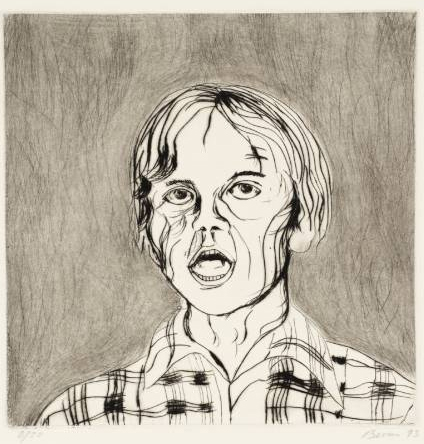''I HAVE an exquisite gratification in painting portraits wretchedly,'' Benjamin Robert Haydon mischievously confided to his journal in the early 19th century. ''I love to see the sitters look as if they thought, can this be Haydon's painting? I chuckle. I am rascal enough to take their money and chuckle more.''
Many of British art's most distinctive and characteristic contributions to world painting have taken the form of portraits, and histories of British art often tend to read like accounts of this unusual national devotion to a single genre. One or two eccentrics and a few major landscape painters apart, British art's pantheon sometimes seems to consist almost entirely of portrait painters: Holbein, Van Dyck, Lely, Kneller, Ramsay, Reynolds, Gainsborough, Lawrence (the list can be almost indefinitely extended).
But there is another, largely unwritten history of British painting, which is a history of artistic revulsion against portraiture and all that it represents: a history of revolt against the limited scope that the genre offers to the artistic imagination; a history of rebellion against the tyranny of philistine British aristocratic patronage that the genre came, for many British artists, to symbolise.
So it was that Benjamin Robert Haydon, a tragically hubristic would-be narrative painter without patrons or private means, could take such pleasure in the ineptness of the portraits he painted to support his essays in grandiose subject painting (arguably even worse, but not deliberately so). Before him, Hogarth invented a new form of popular narrative painting, the modern moral subject of the rake's and harlot's progresses, largely in order to avoid having to be circumscribed by portraiture. (''I am unwilling to sink into a portrait manufacturer,'' he said.)
Blake fulminated against the injustice and arrogance of the British patron classes and their obsession with having their...

Putting a brave face on it
18-05-1993

